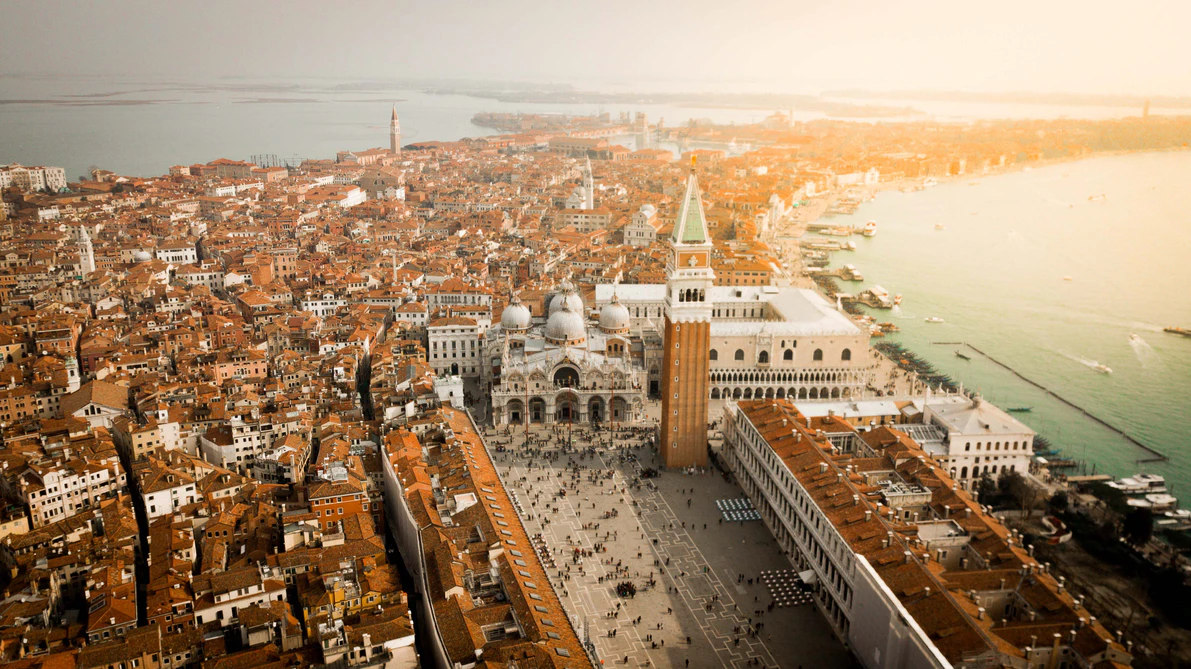Author | Elvira Esparza
Wood can replace other construction materials such as steel, concrete, and glass, and it is also a more sustainable option. Using wood in construction does not entail destroying forests; instead, it focuses on preserving existing forests and managing tree-rich regions with modern methods aimed at protecting biodiversity. The sustainable use of natural resources, including forests, is a key principle of the Sustainable Development Goals outlined in Agenda 2030.
Why is sustainable wood important in construction?
Wood stores a significant amount of carbon within its structure, which is retained through its various uses. A wooden building can store 2,000 tons of CO2, while concrete buildings emit the same amount of CO2 into the atmosphere.
Wood used in construction can be treated to be fire-resistant and has inherent properties that make it earthquake resistant. It is created by stacking and compressing layers to form strong, durable structures. Additionally, it is lighter and can be pre-manufactured off-site, which makes it more cost-effective compared to building with steel or concrete. Structurally, cross-laminated timber (CLT) used in construction boasts a strength-to-weight ratio that is 20% greater than structural steel and 4 to 5 times better than concrete.
Furthermore, timber is a more efficient insulator compared to other construction materials. The figures are also impressive: timber is 15 times more effective as an insulator than masonry, 400 times better than steel, and 1,770 times better than aluminum, making it ideal for creating energy-efficient buildings.
How wood will revolutionize construction

In addition to its use in constructing buildings and applications such as cladding, structures, and floors, studies are exploring innovative ways to use wood in construction to advance the sustainable development of cities.
Wood for cooling
The University of Maryland and the University of Colorado Boulder have developed a new type of wood that reflects sunlight and radiates heat, helping to reduce electricity consumption in households. This is achieved by removing the natural polymer in wood called lignin, which binds the cellulose molecules together. The resulting wood, once compressed, becomes a strong material with a cooling effect due to the absence of lignin.
Fireproof wood
The University of Maryland has also developed fireproof wood by softening and chemically compressing it to eliminate the spaces between the cellular walls, without using environmentally harmful materials. When exposed to fire, the modified wood does not ignite because a dense insulating layer of carbon forms on its surface.
Plastics made from wood
There are various methods for making plastics in construction, but the Technical University of Hamburg has developed a plastic made from wood. Lignopure is made from lignin; it is non-toxic and biodegradable. The lignin is extracted through a high-pressure process, resulting in a flexible material that can be molded, 3D-printed, and formed into thin layers.
Transparent wood
The Royal Institute of Technology (KTH) in Stockholm has developed a method to make wood transparent, by removing lignin, all while preserving its mechanical properties. By filling the micro-holes with acrylic, a translucent wood is created that could be used for windows, allowing them to absorb solar energy during the day and release it when temperatures drop.
Wooden bricks
The innovative feature of these wooden bricks is that they do not require nails, screws, or any other fastening elements. The wooden pieces interlock so securely that they are virtually rigid, providing mechanical, acoustic, thermal, and seismic-resistant properties, and eliminating the need for cladding.
Wood is one of the most sustainable construction materials, with properties that are increasingly promoting its use over more polluting alternatives.
Images | Nongnuch Pitakkorn/iStock, anatoliy_gleb/iStock
Tomorrow.Building World Congress (7-9 November 2024, Barcelona) is the new global event empowering the green and digital transition of buildings and urban infrastructures. Celebrated in parallel with the Smart City Expo, it’s a sector-focused summit gathering the most forward-thinking brands and experts disrupting urban construction. Discover more here.






















































